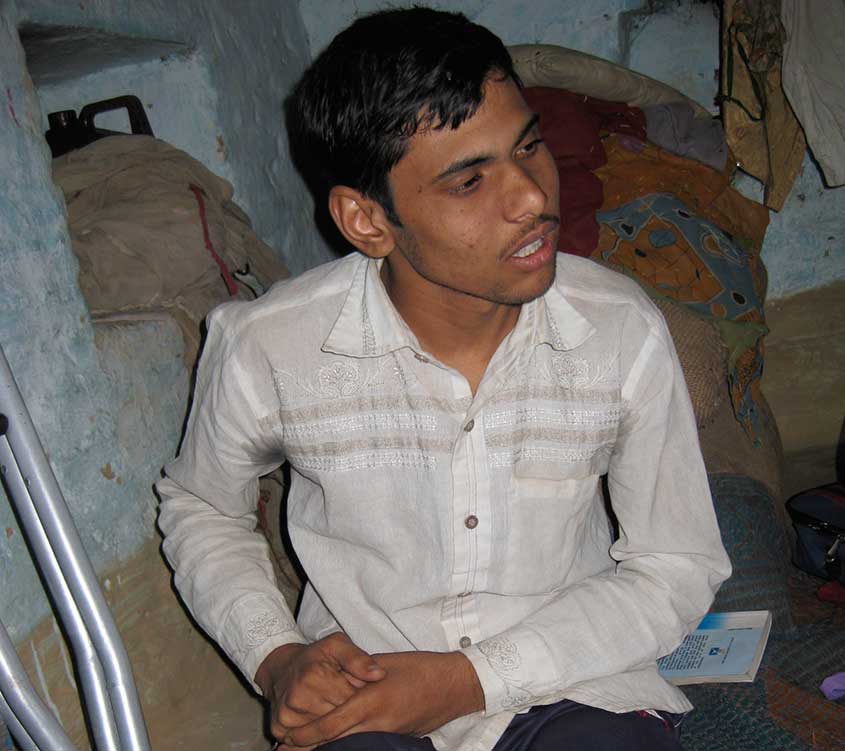EHA’s palliative care services in 9 hospitals and 1 Delhi project strives to improve the quality of care, affordability and community engagement in the most neglected rural north Indian context. Our services attempt to incorporate the principles and components of a ‘good death’ as outlined by the End of Life Care Policy for the Dying: Consensus Position Statement of Indian Association of Palliative Care [1]. This includes access to information and expertise, dying with dignity and privacy, pain and symptom relief, choice of place of death and who is present, and having time to say goodbye.
Raghuveer (20) was cared for by the palliative care team of HBM Hospital, Lalitpur, Uttar Pradesh. He and his family had complete information during the terminal phase, chose to die in the hospital with well-managed symptoms, was surrounded by his family, and died peacefully and pain-free after bidding farewell to his family and team members. Mohammed (45) with advanced head and neck cancer spent his days and nights screaming in pain until started on morphine, allowing him to die pain-free at home, a source of great comfort to his wife and 4 children in the midst of their grief. Our endeavour is that a ‘good death’ will be a norm for all our patients.

Raghuveer

Mohammad receiving morphine
The latest Economist Intelligence Unit 2015 Quality of Death Index contains summaries of the status of palliative care in 80 countries. The analysis is based on interviews with national palliative care experts. India ranked 67 with a very low score of 26.8%, with human resources, affordability and quality of care being among the worst.
| Rank per 80 | Score out of 100 | |
| Palliative and healthcare environment | 51 | 32.1 |
| Human resources | 67 | 22.3 |
| Affordability of care | 74 | 27.5 |
| Quality of care | 59 | 26.3 |
| Community engagement | 45 | 25.0 |
Provision of palliative care in India is poor with Kerala as a positive exception. Nationally, progress is slow and there are major shortages in specialists and facilities. NGOs work to fill gaps in public services. Subsidies vary across different states and most state budgets fall short of needs. Excessive bureaucracy limits access to pain medication. On the whole, most terminally ill Indians are unaware of palliative care options and do not benefit from pain alleviation prior to death.
[1] Macaden SC, Salins N, Muckaden MA et al; Indian Journal of Palliative Care / Sep-Dec 2014 / Vol 20 / Issue 3
By ~ Dr. Ann Thyle







